Today’s Los Angeles Times editorial opposing completion of the 241 tollroad led me to wonder if a) they let California Coastal Commission staffer Mark Delaplaine ghosted the editorial for them or b) they have ever actually been to the San Onofre State Beach.
For example, the editorial states:
As planned, the toll road would cut through a wilderness preserve in eastern Orange County and then traverse the length of a narrow, pristine canyon that makes up most of San Onofre State Beach, one of the most popular California state parks.
Most Southern Californians have never been to San Onofre State Beach, so if they were to rely on hysterical editorials they can be forgiven for thinking completing the 241 entails paving over paradise.
For those who haven’t seen the "pristine" ""wilderness preserve" park the LA Times rhapsodizes about, I’ll post some pictures.
Here’s a pristine stand of old growth power lines along the proposed route of the 241:
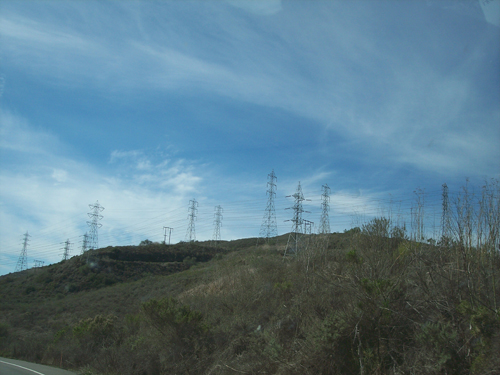
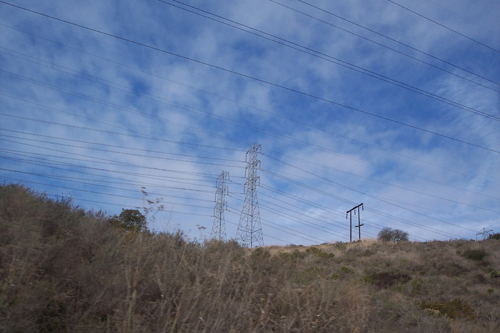
I wonder if proximity to the power lines is giving the arroyo toads cancer?
Following are some shots of the pristine valley. You can see Camp Pendleton base housing on the other side of the farm operation. Toll road opponents don’t like to call attention to the fact the park is part of Camp Pendleton and is only leased to the state (a lease that runs out in less than a decade):
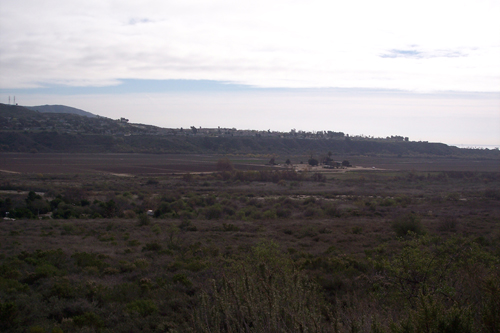
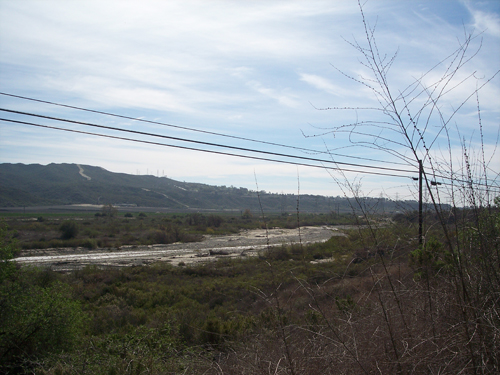
Readers can be forgiven for not recognizing San Mateo Creek as it looks 98% of the time. It’s what the enviros call an "intermittent river." Just think of the gutter in front of your house as becoming an "intermittent waterway" whenever a neighbor leaves his hose on. It certainly sounds better than "dry creek bed."
Anti-241 groups like American Rivers prefer to use pictures like this:
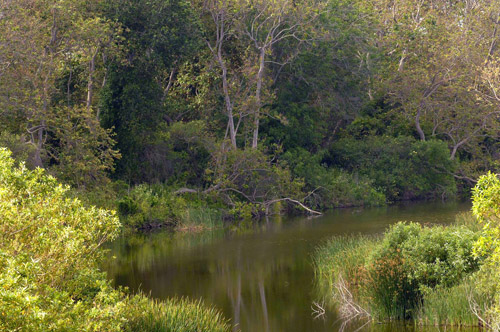
It’s much easier to get folks ginned up with a scene of Huckleberry Finn serenity than just another dry creek bed.
My point in posting these photos is the counter the hyperbolic emotionalism upon with the anti-241 campaign is based. San Onofre State Beach looks pretty much like any other stretch of Orange County back country, of which we have puh-lenty. And only 10% of the park’s visitors ever set foot in the above sections of the park. Everyone else goes to the beach part, which is closer to Interstate 5 than the inland campground will be to the tollroad (and without 241’s mitigation measures).
Recognizing that reality is a necessary part of having a rational discussion on completing the 241. Unfortunately, the anti-241 mob and its fellow travelers on the Coastal Commission staff are too accustomed to framing things in apocalyptic terms. There is no compromising with them, and so there’s no alternative to simply beating them.
Not that I would expect the LA Times editorial page to apprehend as much. So much easier to re-package the Coastal Commission staff report and pass it off as an editorial.

